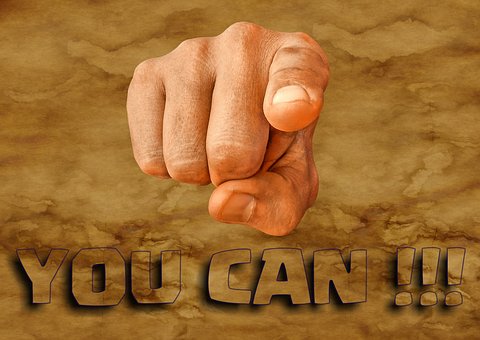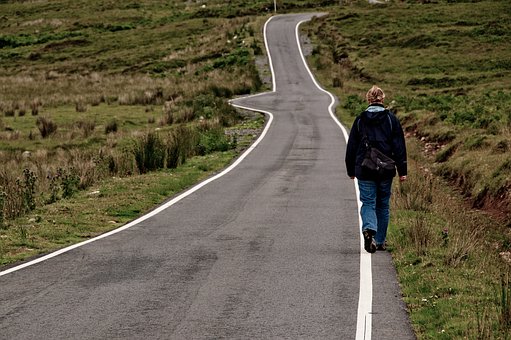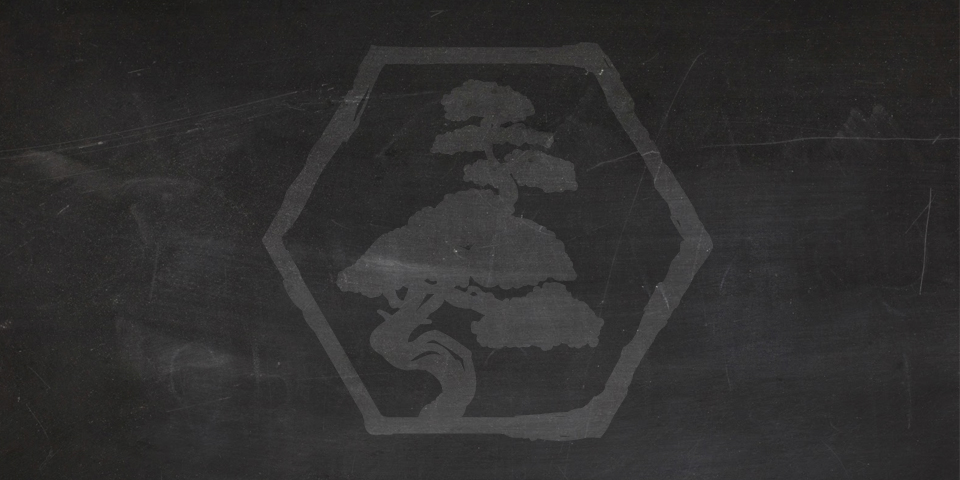You are more than likely familiar with the concept of competing forces at work in your mind.
One force is rational, logical, and intelligent. It plans and organizes. It weighs all the options that are available. It checks every angle and accounts for all the variables. It’s the part of you that starts on a project now even though it’s due in month and will probably only take a week to complete.
The other force is quite irrational. It moves by emotion. It is powerful and difficult to manage. It’s the part of you that decides to sleep away the working hours, play video games in your “free” time, and look at memes on the internet. It freaks out the week before the project is due and sends you into a frenzy of scattered effort to put together a poorly thought out presentation, finished at the last minute.
For a species that prides itself on its intelligence and logic, we do a lot of illogical things.
I first came across the metaphor of the rider and the elephant in Chip & Dan Heath’s book, “Switch”. In it they describe the rational, logical side of our minds as the rider sitting on top of an elephant. The rider has the reins and is clearly “in control” of the elephant. The elephant, on the other hand, is the irrational, emotional side of our minds. It has its habits and routines well-grooved. It is powerful and if it really wants to go somewhere or do something, there is very little the rider can do sitting on top of the powerful elephant. The rider can tug all they want, but it is the elephant that ultimately determines the path it wants to take.
I like this metaphor because of its accuracy in my own life. How many times have I set out a sequence of steps that would lead me towards a desired outcome only to barely even begin when “SQUIRREL!”? The elephant takes over and I don’t have enough strength to continue to pull on the reins. I can’t overpower the elephant because my strength (think willpower) is very much a limited resource.
How can the rider and the elephant work together?
In “Switch”, they make a recommendation that appeals to both the rider as well as the elephant. It accounts for both forces as well as the environment they dwell in.
There are three parts to making the rider/elephant (logical/emotional) relationship work:
- Direct the rider
- Motivate the elephant
- Shape the path
1) Direct the Rider

The rider is known for its ability to analyze, but in trying to gather data to determine the best possible course of action, often the rider will end up spinning their wheels. The rider, after all, is sitting on the elephant. If the rider can’t choose a specific plan of action, they have no hope of motivating the elephant to go where they want it to. They don’t even know!
Take “eating healthier” as an example. That could mean hundreds of different possibilities for each person depending on their genetics, where they live, how they currently eat now, the frequency of their eating, and even their feeling towards food itself!
The rider must have crystal clear direction as to where they want to go.
The rider may have an excellent plan, but it is pointless if they can’t get the elephant to move where they want it to. I talk about starting small in a previous post HERE.
2) Motivate the Elephant

Once the rider has a clear direction, the next step is motivating the elephant to take them there. How does a much less powerful rider motivate a creature of such immense strength that could take down a tree if it cared to? You speak its language. You speak to the emotional side in ways that make sense. This is not where you would whip out the excel spreadsheet and charts with research backed by decades of study and peer-reviewed articles. The elephant doesn’t care.
This is where you appeal to the heart and soul of a person.
This is where you might use a “dream big” type of approach that has you beating your chest and chomping at the bit to take on the world. Often, this is where many people might find themselves at the start. The conference or retreat ends and they fizzle out because the first step, directing the rider with crystal clear direction, was skipped. All the motivational videos in the world can’t help you if you don’t have a detailed map towards a specific goal.
The last step is a crucial one, in that if it is not set up correctly, coordination between the rider and the elephant is all for naught.
3) Shape the Path

This is where you could visualize the rider and the elephant, who have been directed and motivated accordingly, coming upon a difficult path full of thorns, vicious creatures, and perhaps some pit traps for good measure.
No matter how clear your instruction or how rallying your speech, if the path you decide to take is full of obstacles, you are less likely to succeed.
You can either choose another path or shape the path in front of you the way you want it to be. This is where designing the environment around you to make good choices easier, building sustainable habits one step at a time, and surrounding yourself with like-minded individuals come into play. All of those things help make the path easier to travel.
These things provide accountability, support, and consistent daily action which are keys to making a change.
This was a brief snapshot of one way you might equip yourself to make a change. Habits, routines, lifestyles, people in general, we are all complex. One person might respond well to a certain diet that would personally cause you problems. Some people respond better to weight training than others and get results faster despite similar workouts.
By considering how to direct the rider, motivate the elephant, and shape the path, you are taking into account the logical and emotional sides of your personality as well as accounting for the environment that can so often derail your progress.
I hope this has been helpful in perhaps positively shifting your perspective on behavior change. It could certainly have been more detailed, but I was trying to keep things short. If this resonates with people, then I will happily go into more detail on each of the three points in future articles.
Have a Happy New Year!
Bryce Berry, CSCS, Pn1, OTC

If you struggle with getting out of your own way in reaching your health and nutrition goals and would like the support, guidance, and accountability a coach can provide, fill out this Interest Form to discuss working together.

Leave A Response